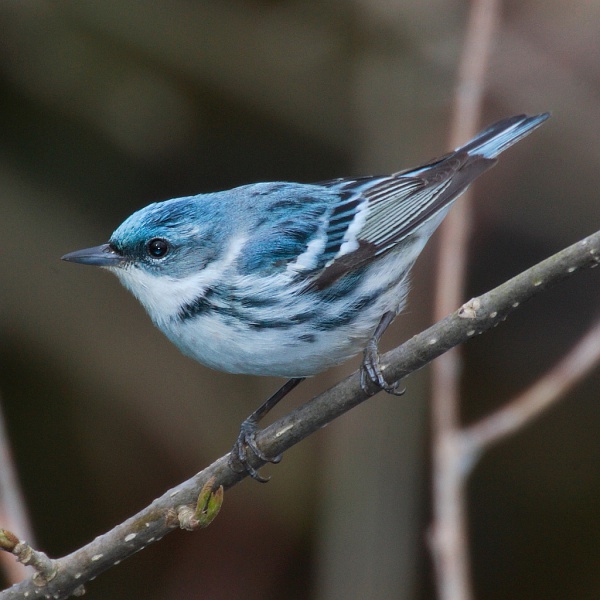Facts About Cerulean warbler
The cerulean warbler is a delightful member of the New World warbler family. If you spot an adult male, you'll be captivated by his striking pale blue and white feathers accented with distinctive black markings. Females and juveniles, on the other hand, exhibit more muted tones of gray or green.
During the breeding season, these birds inhabit the deciduous forests of eastern North America. In winter, they migrate to the forested mountain regions of South America. Unfortunately, the cerulean warbler is considered a threatened species. The International Union for Conservation of Nature (IUCN) lists it as near-threatened, indicating that while it is not at immediate risk of extinction, it is approaching that status.
These warblers are industrious foragers, flitting around trees in search of insects. They construct their cup-shaped nests high on horizontal branches in hardwood trees. You might recognize them by their distinctive song and call.
Regrettably, the cerulean warbler faces several threats, particularly habitat loss in its wintering grounds in the northern Andes. Conservationists are striving to protect these birds. For example, the establishment of the Cerulean Warbler Bird Reserve aims to preserve their habitat and bolster their diminishing population.
The cerulean warbler has also found its way into art and literature. It has been featured in John James Audubon's "Birds of America" and Jonathan Franzen's novel "Freedom." Even in popular culture, such as the "Curious George" TV show, this charming bird has made appearances.

 United States
United States